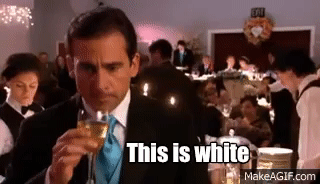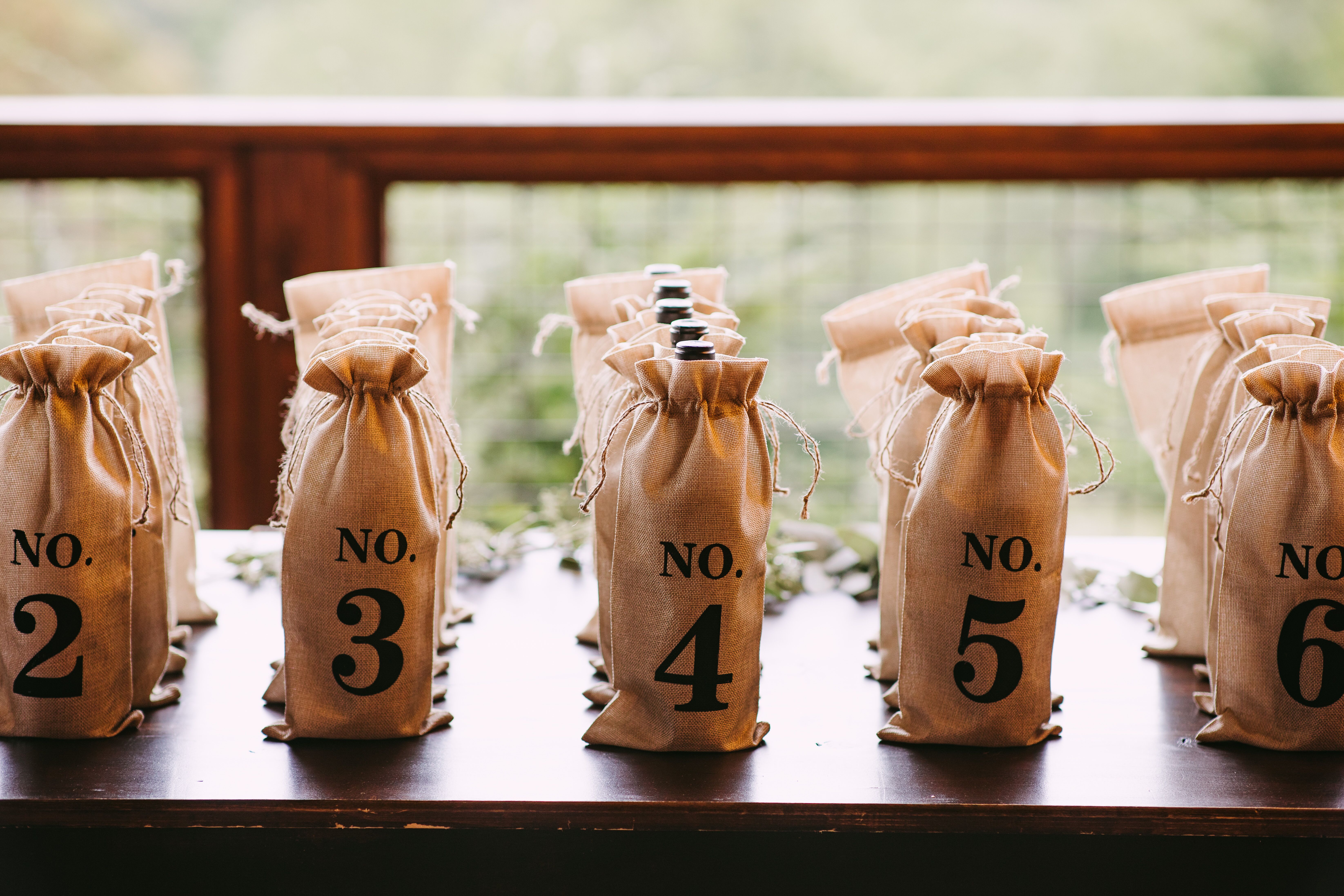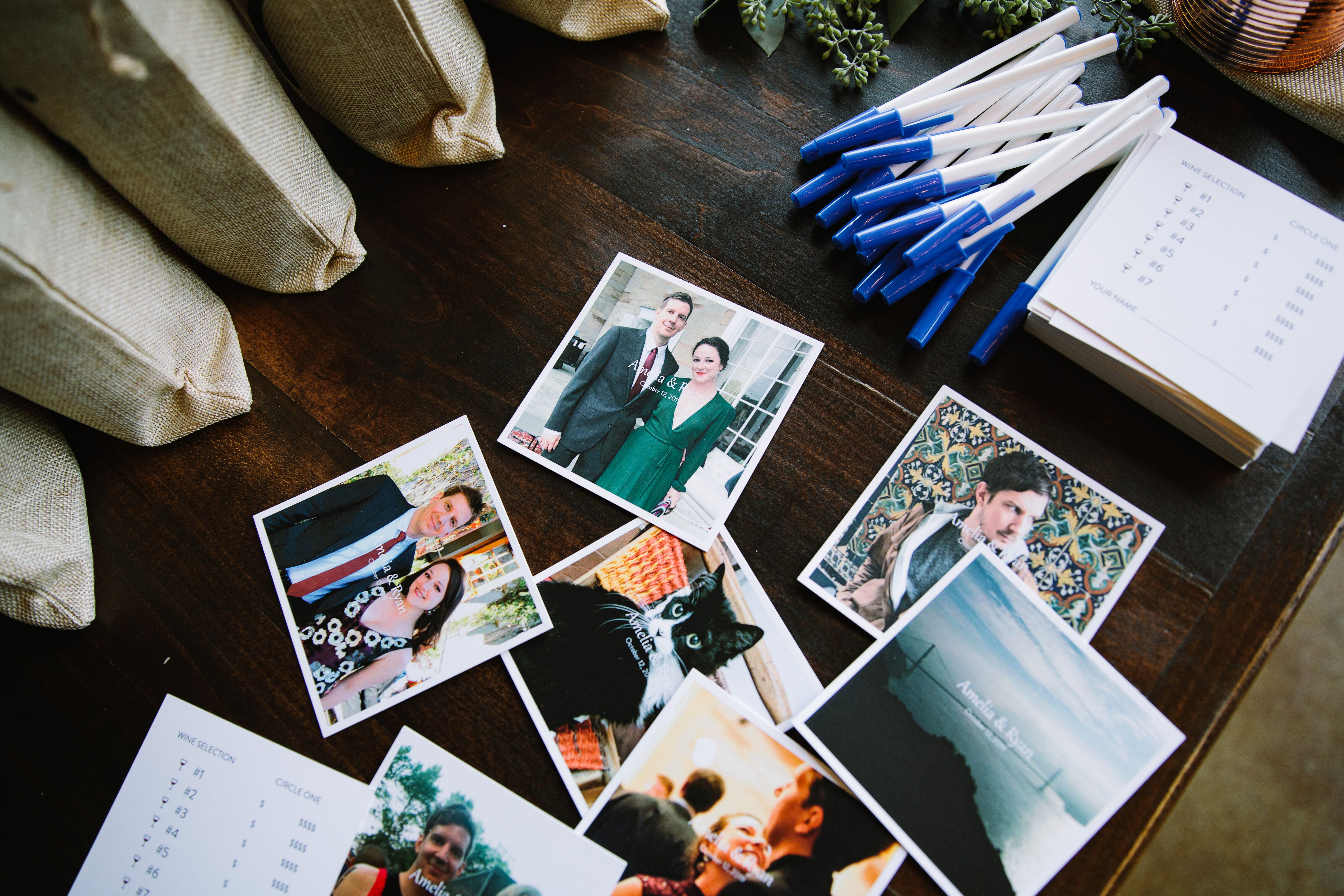
Making a bottle of really good wine for less than a movie ticket is a solved problem. Yet with wine country a mere jaunt from our home in San Francisco, I’m also no stranger to the temptating narrative of a wine tasting. With each pour, I listen intently as the eager staff share their winemaker’s philosphy, how the vineyard’s unique climate shape the grapes and thus the flavor profile of their wine, and what characteristics I’m expected to experience both through the nose and after a few seconds on the tongue. I obediently follow the ritual and often throw around words like “buttery” or “oak barrel” after my first sip. I even occassionally cave to the vineyard’s voodoo and purchase a pricy bottle to add to our already overflowing wine fridge.

I know deep down this is mostly a sham. For the non-sommelier, studies show we are often worse than guessing when trying to determine even the color of a wine let alone its quality or price. So for most of us, a screwtop bottle of Two Buck Chuck might as well be a finely aged Bordeaux made of grapes from the most exclusive vineyards in France. But I accept I’m a human and suspectible to all kinds of wacky biases, like “this expensive bottle of wine must be good”, and try not to ruin the fun for myself or others.
However, I occassionally run into a particularly persistant wine snob. The kind which is certain they only enjoy wines from a very particular region in Italy and can definitely tell the difference. And after such a colleague at dinner poked fun at me for the rest of the night after I ordered the cheapest wine on the menu, I devised a test to really show the true fool. I call it “The Wine Challenge”.

The challenge is pretty straight forward. Can one distinguish between expensive and cheap wine? I buy 7 bottles of wine. All the same color. All the same varietal if you like. Some of the bottles will be less than $10. The rest of bottles will be above $100. To keep things unbiased, all of the bottles above $100 are well regarded and highly rated in the wine community. All the snob needs to do is identify which wines are below $10 and which are above $100 in a blind taste test. Get all seven correct and you truly are a connoisseur. You better know your wine though, as guessing only gives you a 1 in 128 chance.
Making the wine purchases is a lot of fun. Not only for the taste testing involed in finding good wines under $10, but also the game theory for how many wines of each price point to purchase. Should I make all the wines less than $10? Or maybe go a bit nuts and make all of them above $100? I historically have gravitated towards 2 pricey bottles and 5 cheap bottles as the correct ratio.

To date, I’ve run the wine challenge 3 times including at our wedding weekend. After just over 120 participants, only 2 have managed to pin each bottle at its correct price point: my mother-in-law who rarely drinks and an Aunt who gleefully declared “I had no idea what I was doing”. So we’re running slightly better than chance. As for my wine snob colleague? They only got 4 out of 7 and join the rest of us in having no idea what we’re talking about when it comes to wine.



